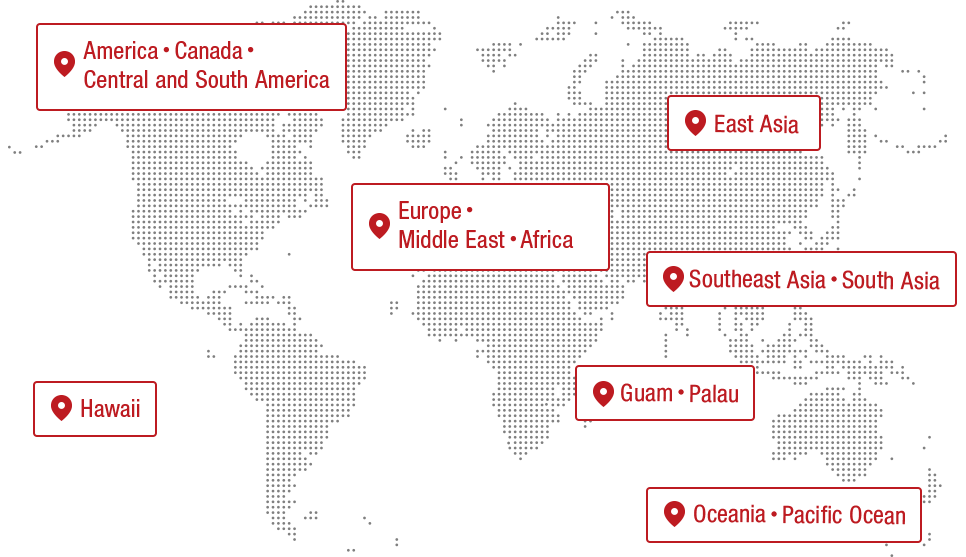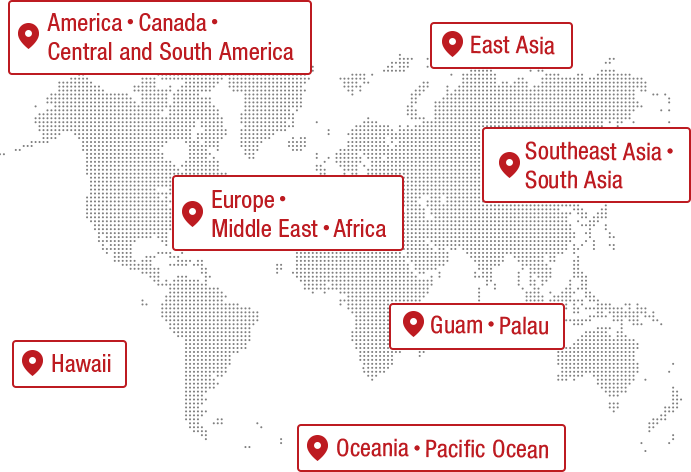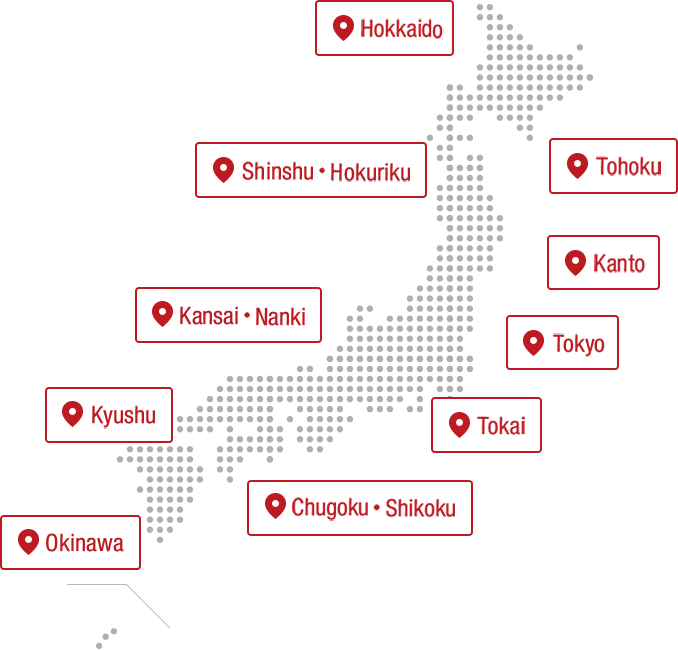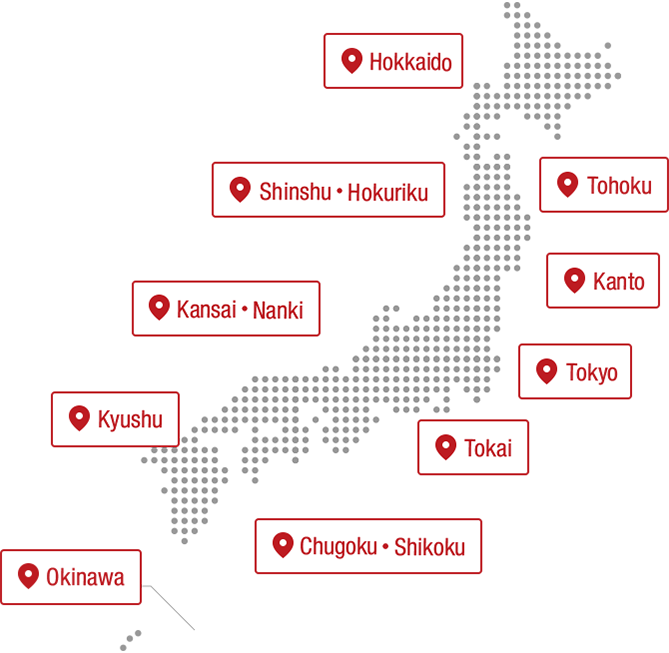
Ai Nishimura
Administrator of the blog "My Diary," which began in 2004. A writer who has traveled to all 47 prefectures and loves local culture and history.
Author of Shimane's "Geography, Place Names, and Maps" Mysteries (Jitsugyo no Nihonsha), My Town is the "Number One in Japan" Dictionary (PHP Institute), and Prefectures Explained in Neko Neko Japanese History (Jitsugyo no Nihonsha). Official blogger for Suntory Gourmet Guide, official top user for Retty, and official platinum blogger for Excite.
Click here for the first part

Increase your luck by visiting both Izumo Taisha and Mihonoseki "Miho Shrine"!
The spot I would like to introduce today as a stretching spot from Matsue City is Mihonoseki, the easternmost point of the Shimane Peninsula. In Mihonoseki, there is a shrine called Miho Shrine that enshrines Ebisu.
What comes to mind when you hear the word "Ebisu"? The name of a station in Tokyo? Beer? In the world of shrines, Ebisu is a god called Kotoshironushi-no-kami, worshipped as the god of business prosperity and safety at sea, and Miho Shrine is the head shrine of the 3,385 Kotoshironushi Ebisu shrines across the country, making it the top shrine.
It is believed that you will receive more benefits if you visit both Izumo Taisha and Miho Shrine. This is because Okuninushi, the deity of Izumo Taisha, is the father and son of Kotoshironushi, the deity of Miho Shrine, and they are closely related in mythology. Okuninushi of Izumo Taisha is also known as "Daikoku-sama," so the two shrines together are sometimes called "Izumo's Ebisu Daikoku."
Mihonoseki is a fishing town. It once flourished as a port where Kitamae ships would call and wait for the wind to blow. It is also a place that appears in the myths of the Kojiki.
Miho Shrine in Mihonoseki. Its history is also mentioned in old historical records. Kotoshironushi-no-kami and his mother Mihotsuhime-no-mikoto (the son and wife of Okuninushi-no-mikoto, the deity of Izumo Taisha) are enshrined here.
Behind the large-roofed worship hall are two main halls. This is a "taisha-zukuri" style of construction common in the Izumo region, but because of its unique shape it is also called "Miho-zukuri." Kotoshironushi-no-Mikoto is also the god of music, so votive concerts are sometimes held in the worship hall.
This is the Fukutanesen coin that you can receive at the shrine. Inside is a 10 yen coin, which you are not supposed to keep but spend. By doing so, the seeds of good fortune are scattered around the world.
There are fluffy paper streamers at the Suishinmon Gate. There are two of them because there are two gods.
Goshintake is a mysterious spot where shimenawa ropes are hung from bamboo.
The main hall. Although it is by no means flashy, it has vermilion-painted decorations and a solid roof. Also noteworthy is the difference in the shape of the chigi (the cross boards on the roof). From this shape, it is immediately clear that the one in the foreground is Kotoshironushi-no-Mikoto (a male god) and the one in the background is Mihotsuhime-no-Mikoto (a female god).
If you look closely, you will see a fishing rod and a sea bream hanging from the line. Ebisu-sama loves sea bream fishing. Let's all try to catch our wishes!
The mystery of the shrine's crest. On both sides there is the crest of each god. But the golden chrysanthemum crest... According to the Nihon Shoki, the daughter and granddaughter of Kotoshironushi-no-Mikoto married into the Imperial family, and so this shrine is associated with the Imperial family and was allowed to have this crest.
Shrine maiden dance seen at the Asamikesai festival at Miho Shrine
If you have time in the morning, you should visit the Miho Shrine's "Morning Offering Festival." A prayer ceremony in which offerings (food) are made to the gods is held every morning from 8:30 a.m. (times may change during festivals).
After chanting the prayer, gagaku music and a shrine maiden dance are offered. It is a sobering experience to see such a traditional ceremony, handed down in its original form without any simplification, even in modern times. Kagura bells tinkle as the rain falls quietly. It was a solemn and soothing morning.
I visited the morning offering ceremony that started at 8:30 a.m. It is a daily prayer ceremony that is open to the public.
The prayers began in the spacious worship hall.
Afterwards the gagaku performance begins.
Shrine maiden dance. Holding tamagushi and bells, they dance solemnly and gracefully.
At the back of the worship hall, offerings of food (mike, breakfast) are placed. You can see that the gohei on both sides are all part of a pair.
The sound of the bells ringing. I was surrounded by a miraculous atmosphere and felt refreshed from the morning.
It started to rain a little, but the air was clear and visibility was good.
It is truly a simple, sturdy, and ancient shrine.
As we left the shrine, the sea of Mihonoseki spread out before us beyond the torii gate.
Walk along the blue stone pavement street, Mihokan, and the town of Mihonoseki
Mihonoseki has many fans as a quaint town. It was an old fishing port and a port of call for Kitamae ships. Here, just outside Mihonoseki Shrine, you will find the "Blue Stone-paved Street." This so-called "paved road" was made during the Edo period by laying sea stones. Not only are the slightly wet blue stones amazing, but the alley's feel is also amazing! The exquisite curves and width of the road left a strong impression on me as I imagined people passing by 300 years ago... The atmosphere of the buildings on both sides is also filled with nostalgia.
There is now another reclaimed road on the sea side that cars can use, but in the past, this blue stone pavement street was the main street of Mihonoseki. Apparently, people could cast their fishing lines from the houses and inns on the sea side of this road (on the right side of the photo) and fish. Lafcadio Hearn was also a fan of Mihonoseki and visited it, and other literary figures such as Yosano Tekkan and Akiko, and Takahama Kyoshi also came to visit.
The town of Mihonoseki is lined with streets paved with blue stones. These are paved roads made from sea stones and built in the late Edo period.
When it gets wet, it looks even greener. Even now, the locals continue to use the road with great care, making ongoing repairs.
Facing the blue stone paved street is the historic inn "Mihokan", which has been designated as a national tangible cultural property.
A banquet hall overlooking the sea. Apparently, in the old days, people would cast their fishing lines from here and enjoy fishing!
Although it is well-used and has become smooth where people have touched it, the main building is still in use and has been carefully restored and preserved.
Take the Shiokaze Line to Mihonoseki Lighthouse. In autumn, a bus runs from Miho Shrine!
At the very end of the Shimane Peninsula, there is a cute retro lighthouse at Jizozaki. When you get there, you will come across a cliff! It is a spectacular spot where you can see the whole Sea of Japan, all the way to the Oki Islands.
Mihonoseki Lighthouse is the oldest lighthouse in Sanin, built about 120 years ago. There is a cafe here, and at night, it is said to be a spot where you can see beautiful squid fishing boats in the distance like stars. At the Isaribi Cafe, try their famous special squid bowl. Once you cross the sea of nori seaweed, you'll find squid! Sanin squid! Highly recommended.
There is a torii gate near the lighthouse, with the words "Jinogozen" and "Okinogozen" written on it. Beyond the torii gate is nothing but the sea. However, if you look closely, you will see a small shrine in the middle of the sea. In fact, this is an outlying area of Miho Shrine, and it is said that Ebisu-sama fished for sea bream at Okinogozen.
As expected, Miho Shrine is the top of the Ebisu Shrines. It watches over safety at sea. On weekends until early December, there is a direct bus called the Ebisu Liner that runs from Miho Shrine to the Mihonoseki Lighthouse, so it's a great chance to visit. For details such as operating dates and times, please check the official website of the Mihonoseki Tourist Association.
This cute lighthouse has a plump shape. Despite its adorable appearance, it is an outstanding lighthouse that was selected as one of the "100 Historical Lighthouses of the World"!
"Mihonoseki Lighthouse Buffet" is located inside the lighthouse. From here you can see the vast ocean. On a clear day, you can even see Oki Island. At night, it's a great date spot where you can dine while watching the lights of squid fishing boats ("Isaribi Cafe" is open at night for a limited time). We'll have lunch at this cafe!
A special squid bowl made with plump squid!
The squid from the Sea of Japan is the best! This is a superbly fresh bowl of rice seasoned with a slightly sweet soy sauce flavor.
Beyond the lighthouse is the Miho Shrine's exclave grounds. The torii gate marks the boundary between the two lands.
Unfortunately, the weather was bad, but there is a rocky area on the sea called Okino-Gozen, which is a legendary spot where Ebisu-sama fished for sea bream.
The red roof was originally the accommodation of the lighthouse keeper. He was stationed here and guarded the sea night after night. But I am an amazing collector of cloudy days... This time too, I faithfully maintained my rainy woman character (lol).
Shop at YUTTE, a select shop that carries folk crafts and miscellaneous goods from all over Shimane
Returning from Mihonoseki to Matsue, we stopped by before heading to our next destination, Izumo. YUTTE sells folk arts and crafts, natural foods, original hand towels, and more. It started out selling gifts such as wedding favors, and opened its store in 2016. Making use of the sensibility gained from being involved in events and planning related to folk arts, the store stocks tableware, miscellaneous goods, and souvenirs that you'll want to casually use or display in your daily life.
The interior of the store has a sophisticated yet soft atmosphere, reminiscent of the gentle air of the castle town of Matsue. There are plans to open a gallery in the future. There's something warm about the items, and they all feel comfortable in your hands. I'm sure you'll find something you like.
If you're looking for souvenirs from Shimane, YUTTE is the place to go. It's a select shop that carries crafts, tableware, miscellaneous goods, and food from not only Matsue but also Shimane Prefecture.
It is located on the first floor of an old, historic building called "Izumo Building."
This region is full of originality and creativity. Pottery from Sodeshi Kiln.
Small bottles from Hakuji Kobo. You'll want one after another!
We also sell processed foods made with carefully selected ingredients, as well as tea and seasonings.
A custom-made YUTTE tenugui from Amano Konya in Yasugi City. It features a logo dyed in indigo.
Each item on the neatly arranged shelves is packed with the thought and effort of the maker. YUTTE is a store that serves as a hub to communicate this in an easy-to-understand way.
The contents published are accurate at the time of publication and are subject to change.

















































